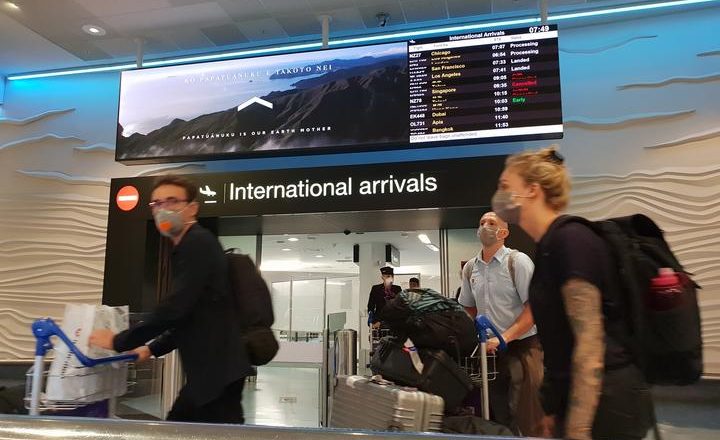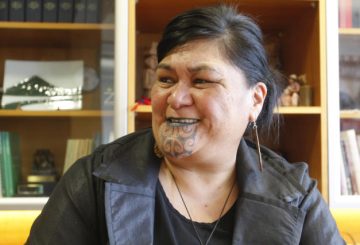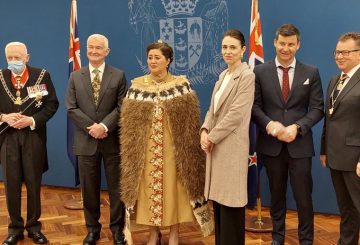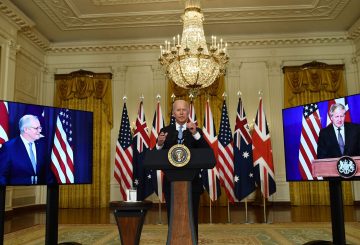Ngành du lịch Aotearoa đang kêu gọi Chính phủ cập nhật kế hoạch mở lại biên giới của New Zealand khi Omicron đã thay đổi trò chơi.
Thủ tướng Jacinda Ardern cho biết tuần trước rằng nội các sẽ xem xét những thay đổi đối với các thiết lập biên giới hiện tại trong những tuần tới, sau khi việc mở cửa trở lại theo giai đoạn được công bố vào tháng 11 đã bị đình chỉ khi Omicron xuất hiện.
“Kế hoạch trước đó được phát triển để đáp ứng Delta chứ không phải Omicron. Nếu Omicron trở thành loài đặc hữu ở New Zealand, sẽ không có lý do sức khỏe để giữ cho biên giới của chúng ta đóng cửa hoặc tiếp tục tự cô lập hoặc MIQ cho khách quốc tế,” phát ngôn viên TIA Ann-Marie Johnson nói.
New Zealand cần kết nối lại với thế giới. Mọi người đang tuyệt vọng đoàn tụ với gia đình và bạn bè. Du lịch cũng hỗ trợ các chuỗi cung ứng quan trọng, mang lại sự sống động cho cộng đồng và hỗ trợ các lĩnh vực khác bao gồm các sự kiện, sản xuất thực phẩm, vận tải và dịch vụ.
Du lịch không có Quarantine là chìa khóa để thu hút manuhiri quốc tế trở lại New Zealand. Sự phục hồi của ngành du lịch không thể bắt đầu cho đến khi biên giới New Zealand mở cửa trở lại cho khách quốc tế mà không có yêu cầu cách ly hoặc cách ly, bà Johnson nói.
Các hãng hàng không quốc tế hiện đang hoàn thành lịch trình của họ cho mùa hè 2022-23 của chúng tôi. Họ cần một dấu hiệu của kế hoạch mở lại biên giới của chúng tôi vào giữa tháng Hai hoặc có nguy cơ mạnh mẽ New Zealand sẽ mất kết nối hàng không quốc tế chất lượng, trì hoãn sự phục hồi hơn nữa, cô nói.
Lời khuyên từ Tổ chức Y tế Thế giới là các lệnh cấm du lịch quốc tế nên được dỡ bỏ hoặc nới lỏng vì chúng không ngăn cản sự lây lan của Omicron và đang góp phần vào căng thẳng kinh tế và xã hội.
Các xu hướng quốc tế cho thấy đỉnh điểm của đợt bùng phát Omicron sẽ trôi qua trong vòng hai hoặc ba tháng vì vậy Chính phủ nên lập kế hoạch ngay bây giờ để mở lại biên giới tại thời điểm đó, bà Johnson nói.
“Chúng tôi biết rằng cả người New Zealand và các nhà khai thác du lịch sẽ phải đối mặt với những thời điểm khó khăn trong vài tháng tới vì vậy thời gian để lập kế hoạch phục hồi là bây giờ. Chúng ta cần một kế hoạch mở biên giới Omicron rõ ràng. Chúng tôi tin rằng đủ được biết về cách đại dịch sẽ diễn ra để biện minh cho công việc nghiêm túc để phát triển kế hoạch. Thay mặt cho ngành công nghiệp, TIA rất muốn làm việc với Chính phủ để hỗ trợ điều này”.
Nới lỏng và sau đó loại bỏ các hạn chế biên giới của New Zealand phải dựa trên đánh giá rủi ro cẩn thận nhưng nếu Omicron được thành lập trong cộng đồng, rất khó có khả năng việc đóng cửa biên giới của chúng tôi sẽ là biện pháp kiểm soát chính trong tương lai, cô nói.
“Chúng tôi có thể quản lý những người đi qua biên giới dễ dàng hơn chúng ta có thể quản lý hành vi và quyết định của dân chúng ta, và do đó, những người đến quốc tế nên gây ra một rủi ro nhỏ và dễ quản lý.
“Chúng tôi biết đó sẽ là một quá trình từng bước nhưng cách tốt nhất để di chuyển trên con đường phía trước là có kế hoạch mở lại biên giới của Aotearoa New Zealand ngay khi các biện pháp kiểm soát không còn phục vụ mục đích chính là bảo vệ người New Zealand.”






























































